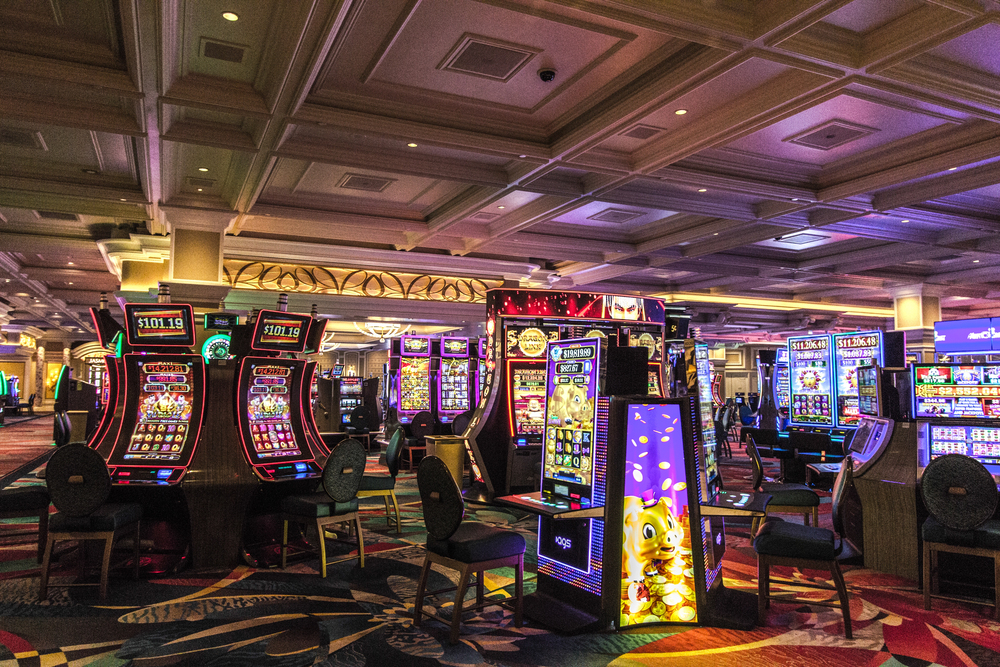
A problem-solution teaser: When disaster happens in an area intended to be enjoyed and thrived in, it rattles more than the roulette wheel. The active shooter event in Reno’s Grand Sierra Resort recently is more than just another news headline; it’s an eye-opener to all who care about public safety, security professionals, to everyday patrons. But with crises comes the opportunity to rethink, rebuild, and revive peace of mind.

1. Quick Law Enforcement and Interagency Response: The Grand Sierra Experience
Spine-chillingly quick, the Grand Sierra Resort crisis evolved. Reno Police Chief Kathryn Nance states that police officers responded within four minutes of the initial call and engaged in a shootout with the shooter by the valet stand. Several agencies Washoe County Sheriff’s Office, Nevada State Police, and Reno Fire Department, operated in cooperation.

This rapid, coordinated response is the new norm for active shooter response in public places. As Chief Nance described, “Don’t have an update yet on exact numbers of injured people, so we don’t have an exact number of their conditions yet, or an exact description of their conditions yet, but we will later on.” The priority of action: neutralize the threat and secure the space. This swift response is the culmination of progressive years’ training, interagency training, and dedication to safeguarding both guests and staff.
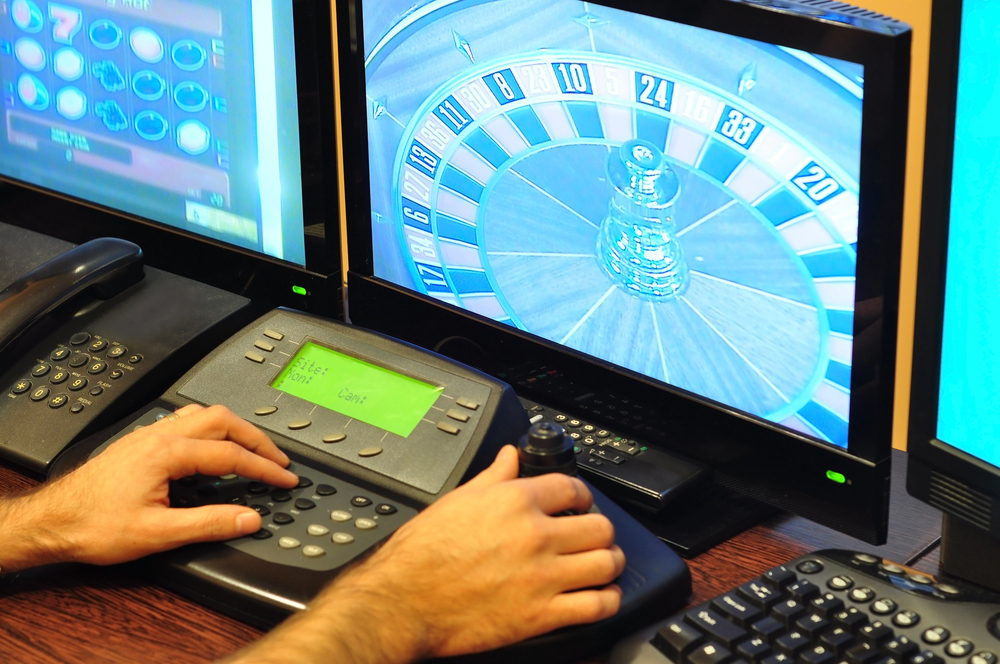
2. How Casino Security Has Changed Since Mandalay Bay
The 2017 Las Vegas Mandalay Bay attack was a wake-up call to the hospitality sector. In the aftermath, casinos nationwide have introduced new measures: increased room checks, increased surveillance, and increased staff training. As security consultant Russell Kolins put it, “Each hotel has its own management culture, its own corporate personality, so each hotel is going to manage its properties in a distinct manner than their neighbors next door.” Others have even gone as far as replacing “do not disturb” signs with “room occupied” notices so employees can enter the rooms on a regular basis, a courtesy copied at Wynn, Hilton, and Disney hotels. Whereas metal detectors and bag checks remain the exception because of guests’ privacy issues, there has been a behemoth attempt towards behavioral detection training and “See Something, Say Something” initiatives, which allow staff to detect suspicious behavior before it is an issue. What is new today is making the See Something, Say Something program work.
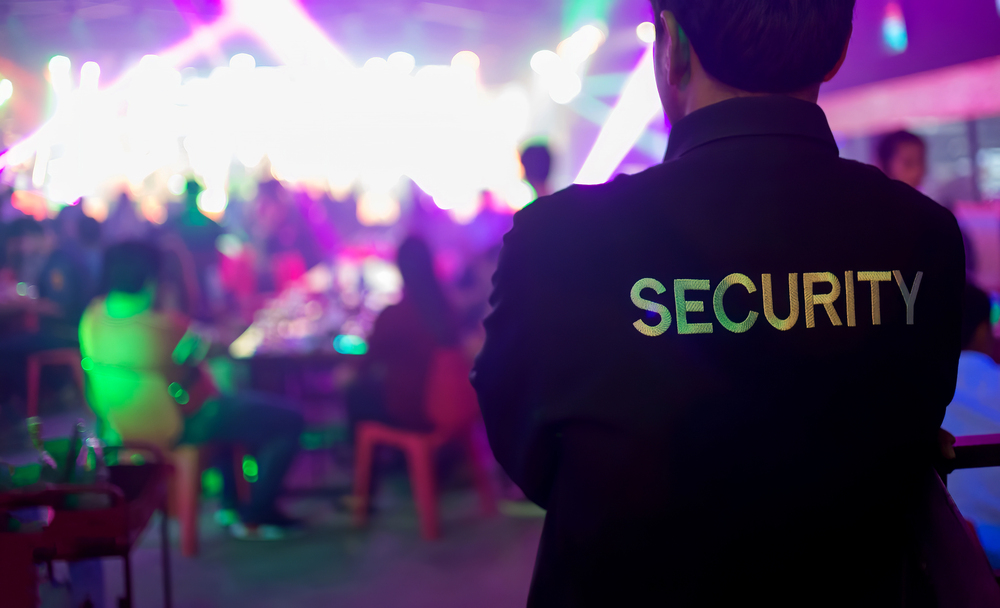
3. National Trends: Gun Violence at Entertainment Venues
Sadly, the Grand Sierra shooting is the symptom of a larger trend. Entertainment venues, nightclubs, concerts, and casinos have experienced indiscriminate increases in gun violence that have placed public safety in question. The Las Vegas, Pulse Nightclub, and other mass shootings have caused event producers and law enforcement to reevaluate risk management. As legal expert Steven Adelman explained, “A black swan is a highly unusual, dramatic event, and afterward people just figure it was inevitable. Las Vegas is the pattern.” The trick is to create a balance between stringent security and guest comfort, so that heavy-handed methods do not intrude on the very experience these places are touted to provide. But with public unease comes public desire to innovate more brains on surveillance, employee training, or gadgets such as window sensors and high-tech communications equipment.
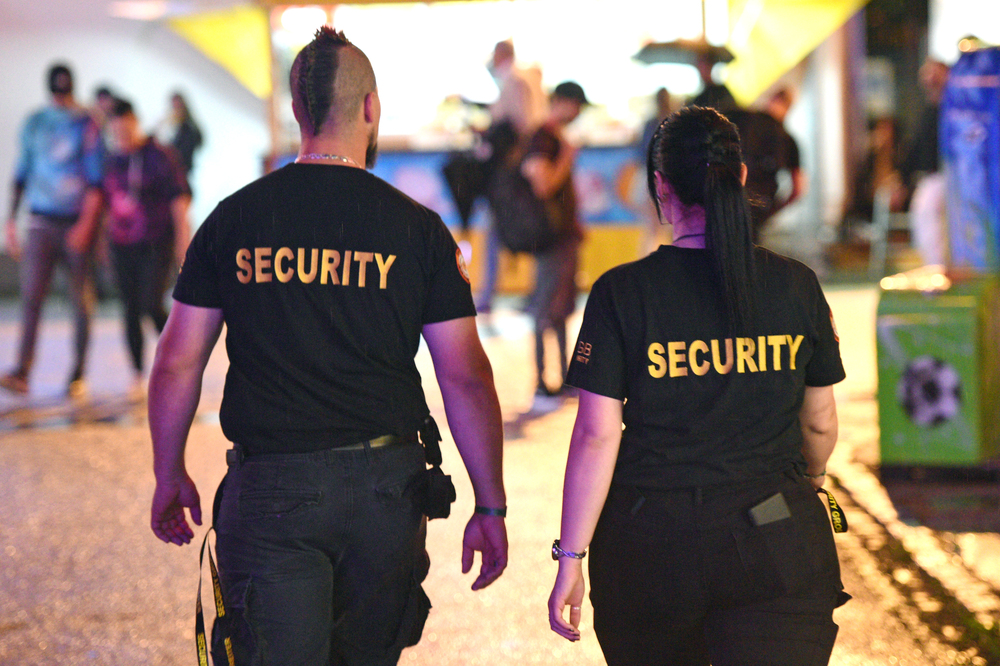
4. Emergency Preparedness: What Workers and Visitors Must Know
Preparation is the survival game for casino workers and visitors. Situational awareness is highlighted now in emergency procedures: know your emergency exits, comply with employee guidance, and don’t disregard alarms or suspicious behavior. Properties are investing in clear public address systems and regular safety practice drills, so that all, from guests to housekeeping, know what to do in case of an emergency. Hospitality and concert industry security professionals hired to staff events need to be trained on prevention and mitigation tactics. And for anyone visiting a casino, it’s a good idea to have your phone charged, keep your wits about you, and trust your instincts. The term: preparedness isn’t exclusive to experts,s it’s available to all.

5. Psychological Resilience After Mass Shootings
Such violence has as damaging a psychic aftermath as it has physical. Shocked, scared, and bereaved populations are made so by shock, fear, and sorrow, but they can endure. Experts advise walking through your emotions openly, relying on friends, family, or experts for support, and avoiding too much exposure to horrific news coverage. As a guide emphasizes, “You may feel that the world is a more dangerous place today than you did yesterday. You will take some time to regain your balance.” Write on positive habits allowing you to deal better with excessive stress: eat healthily, sleep, and keep routines. And it is fine to ask for help. For the majority of individuals traumatized, improvement will eventually follow. However, long-term symptoms may need professional assistance.
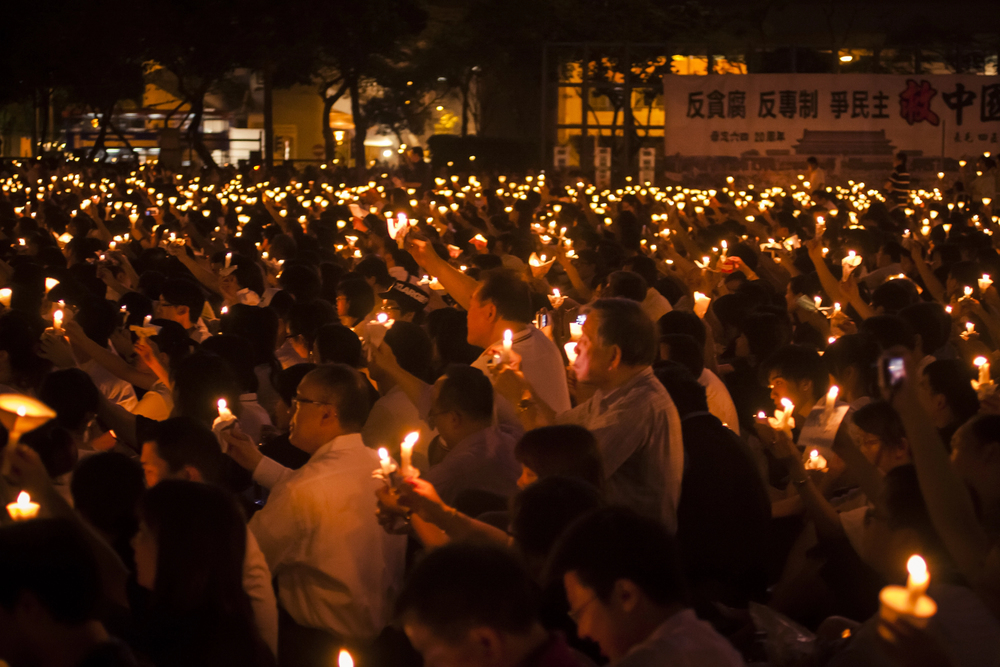
6. Community Solidarity and Support Networks
Communities unite to face a disaster in strong ways. Memorials, center services, and community outreach events aid victims and families in the healing process. Counseling, group counseling, and wellness programs are provided by programs like the Aurora Strong Resilience Center and the Resiliency Center of Newtown. Funding is provided through state crime victim compensation funds, which pay for medical expenses, counseling, and other related services. Safety can be regained following a mass shooting through a shared effort of law enforcement, mental health counselors, and neighbors. Solidarity is not an adjective; it’s a web of support that promotes healing.

7. The Road Ahead: Policy, Prevention, and Hope
No policy can stop gun violence in one day, but by a multi-pronged approach integrating smart gun laws with sound security and community engagement, there is the best hope for achievement. As the Prevention Institute recommends, “We must promise to transform our culture and our policies and to end this cycle of violence.”. We should be able to go home, send our kids to first grade, worship in our temples, shop at our neighborhood malls, walk on our streets and neighborhoods without getting shot. For security practitioners and policymakers, the focus lies on prevention, innovation, and ongoing training.

For everyone else, it’s about staying awake, watching out for one another, and never letting fear dictate our public spaces. Even as the news winds on out, the pledge to safety, strength, and community remains strong, showing how, together, we can reclaim our feeling of security and preserve our public spaces lively and open.


